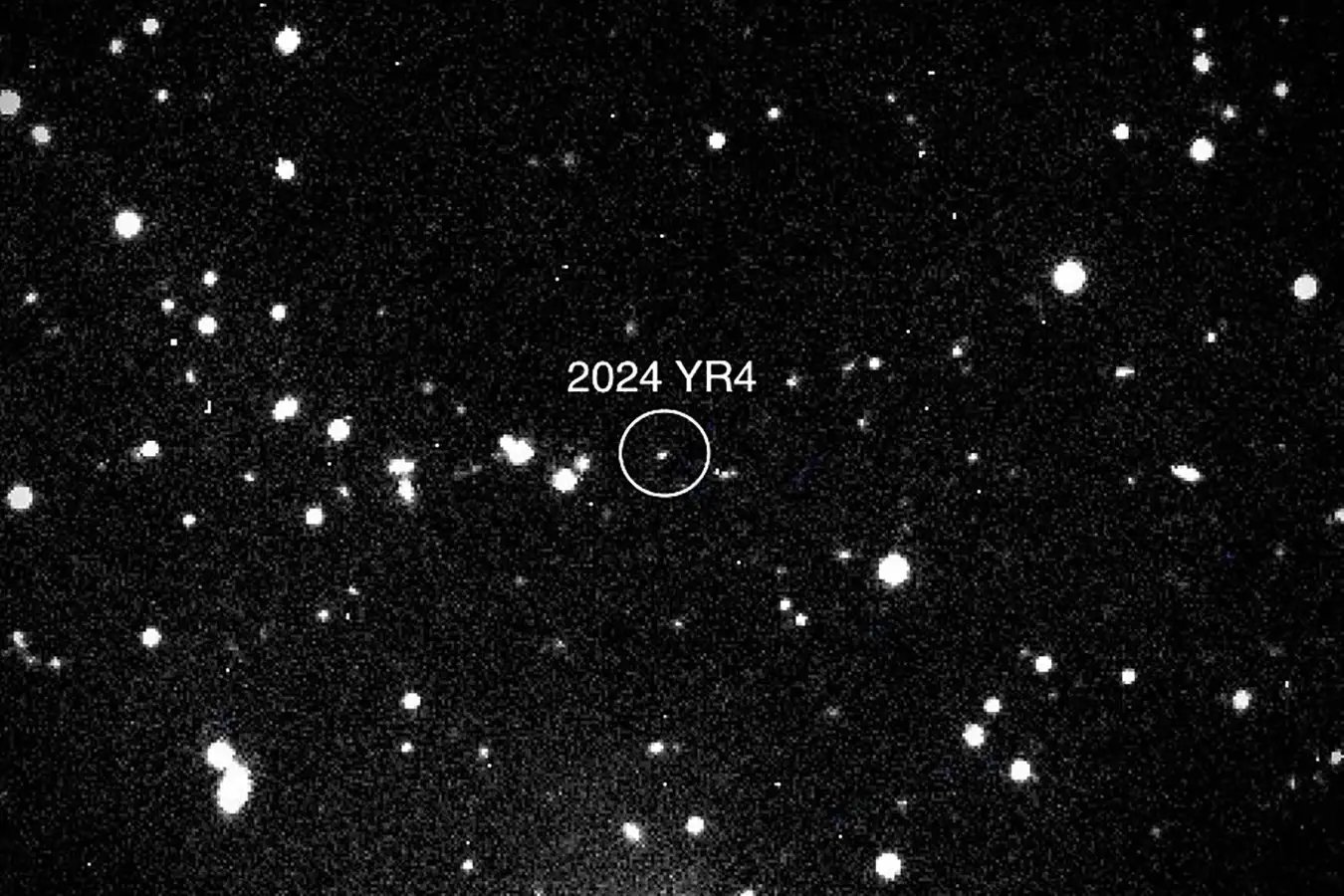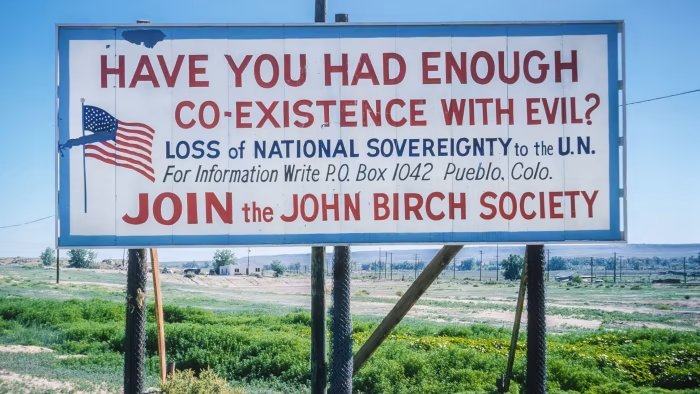Most of us grow up with a pretty well defined idea of sex. Our mommies are women and our daddies are men and we were told which of the two we were. Later on, about age ten or so we learn the ‘facts of life’ where men have one kind of genitals so that they can ejaculate their sperm into a woman’s womb fertilizing her egg so that it can grow into a baby inside her. (Yea, I know that sounds childish but how would you describe sex in two sentences!) That’s why men and women mate and get married, so that they can raise a family.

Things usually get a little more complicated in High School when we find out that there are some boys who like other boys and girls who like girls, that is gays and lesbians. (Full disclosure, I am completely hetero and probably even a bit homo-phobic.) At about the same we may learn that there are a few people who feel that they are ‘in the wrong body’, who dress like members of the opposite sex and who may even undergo medical treatments in order to become a member of the opposite sex, at least in the outward appearance of their genitalia. As a group, which may not actually be a valid thing to do, these people are sometimes referred to as ‘sexually non-traditional’.

One of the most important questions about people who do not fit into the comfortable idea of two separate sexes is, just how many such people are there, what percentage of our society is sexually non-traditional and of what forms? We really don’t have a good idea of the numbers because the whole subject of sex outside of a male-female ideal was taboo for more than a thousand years, and still is in many parts of the world. Even today many gays and lesbians, to say nothing of trans-sexuals, prefer to keep their sexual orientations private.

They have good reason to do so; in the Presidential election of last year Trump and his right wing allies went out of their way to demonize trans-sexuals as a way to use the fear of those who are different in order to get votes. In particular the issue of whether ‘men’, that is males who are transitioning to female, should be allowed to use woman’s bathrooms or play on girls’ sports teams in school was made into a big campaign issue.


Since taking office Trump has issued several executive orders removing all trans-girls from federal prisons for woman and putting them in men’s prisons, discharging all transitioning people from the military while at the same time threatening to take all federal funds away from schools that allow trans-girls to play on girls’ sports teams. He has even loudly proclaimed that as far as the federal government is concerned there are only two sexes, so that legally the trans-sexuals simply don’t exist. Where exactly that policy this leaves gays and lesbians isn’t really clear just yet, but it can’t be good for them.

So just what is the science, what exactly is going on here? Why don’t we just have two sexes, after all that’s how babies are born and isn’t the whole purpose of sex just reproduction? You might think that since evolution ‘weeds out’ the genes of those who don’t reproduce that non-traditional sex of any kind would have gone extinct millions of years ago.

It not that simple! Men and woman are still the same species and it is actually easy to find pieces of one sex on members of the other. Take men’s nipples on their breasts for example, we all know that the nipples are where a woman feeds her baby with milk from her mammary glands but men don’t have mammary glands so why do we still have nipples?

The same can be said for a woman’s clitoris, it may be a woman’s main erogenous zone but it’s not actually needed for reproduction. In fact some societies practice female circumcision where a girl’s clitoris is removed so she can’t enjoy sex. As horrible as that sounds it doesn’t stop her from bearing children. So why does a woman even have a clitoris?

And that’s for normal, sexually traditional adults, after puberty has caused the development of secondary sex characteristics! For babies at birth figuring out who’s a boy and who’s a girl isn’t always that easy. For example the testicles of a boy usually only ‘pop out’ of their body just a day or two before they are born. On a rare occasion they haven’t popped out yet and a baby boy without testicles along with a smaller than average penis looks a lot like a baby girl.

In fact while once again exact statistics are hard to come by, somewhere between 1 in 2,000 to 1 in 5,000 babies are born who are considered to have ambiguous genitalia, in other words the doctor delivering the child literally can’t tell if it’s a boy or a girl. So if we as a society are going to base a person’s entire life on what that doctor thinks while taking one look at you, we’ll be screwing up a lot of people’s future lives.

It gets even worse when we take a look inside our bodies. Let’s start with our genes ’cause that’s where our sex is determined after all. We all remember from high school that we humans have 23 pairs of chromosomes and we get one of each pair from our father and one of each pair from our mother. Now one of the 23 pairs are know as the sex chromosomes, girls have two X chromosomes while boys have one X chromosome and one Y chromosome. That means that it is actually your father’s genes that determine which sex you are because we always get an X from our mother but we can get either an X or a Y from our father.

That’s the way things usually work, but not always. In particular the sex cells from our parents, the sperm and egg, can occasionally have more than one each of a chromosome pair causing the fertilized egg, and all of a person’s cells from that point on to have three or even four of what should be a pair of chromosomes. Many genetic disorders are associated with this condition on different chromosome pairs, for example a trisomy on the 21st pair of chromosomes is known to be the cause of Down’s syndrome.

If such a trisomy occurs on the sex chromosomes then there are people with XXX, XXY, or XYY sex chromosomes. Estimates vary but in general one baby in approximately one thousand is born with such a trisomy and nearly all of them suffer from some genetic disorder regarding reproduction. Consider the XXY variant for example, the double X makes them a female but the Y makes them a male! This condition is known as Kleinfelter syndrome and while such a person usually looks male, penis and testicles, the produce no sperm so they cannot father children. A similar disorder is known as Androgen insensitivity where a person possesses testes that remain within the abdomen while the external genitalia resemble that of a female.

So things are already complicated right from the start at birth, and they get even more so during puberty. It’s at this time that a child starts to develop secondary sex characteristics, Mammary glands on girls, muscles and body hair on boys. More importantly however, it’s at this time that the development of sex cells, eggs and sperm begins. Of course it’s also the time that our bodies start producing the hormones, testosterone and estrogen that make boys sexually attracted to girls and girls to boys. Assuming that is, our bodies produce the right amount of the right hormone. If not the result can be a person whose body at birth is not the body they are becoming at puberty, in other words a person who feels that they are in the wrong body.

So as you can see the whole subject of sex is just far too complicated to be squeezed into a simple binary of ‘He-Men and Dainty Women’, or squeezed into a short blog post like this one. The most important thing to remember is that those people who are sexually non-traditional don’t choose to be so, with all of the oppression and discrimination that they have suffered over the centuries and continue to suffer today who would ever choose to go through that! Also, the fact that there are people whose sex doesn’t conform to simple binary notions doesn’t in any way harm those of us whose sex does!

The only real binary is the choice that we as a society have, either we accept the sexually non-traditional and just let them live their lives as they choose. Or we violently oppress them, beat them back into the closet and continue to do so for all time so that we can pretend that they aren’t really there.
































































































